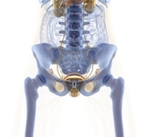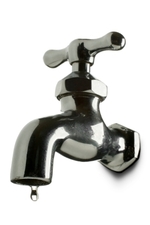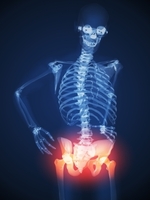*Pregnancy Related Pain and PT
 Saturday, February 5, 2011 at 09:12PM
Saturday, February 5, 2011 at 09:12PM Pregnancy is a special time in a woman’s life. The body goes through tremendous changes in posture and increased joint mobility that make back, neck, arm, and sacroiliac pain more likely. Difficulty with bladder control (incontinence) may occur during and after pregnancy. Problems may also continue after birth, with back pain and bladder issues being the most common issues.
Common problems during pregnancy:
- Back pain
- Sacroiliac pain: back , buttock and leg pain resulting from problems in the joint between the sacrum (part above the tailbone) and the illium (pelvic bone). More likely during pregnancy due to the hormonal changes causing looseness in the joints of the pelvis.
- Sciatica: Low back, buttock, and leg/ foot pain from compression or irritation of the sciatic nerve.
- Incontinence: loss of bladder or bowel control.
- Diastasis Recti: separation of the middle of the “six pack” abdominal musles due to the growing pregnant uterus.
- Pubic Symphysis Separation (severe pain at pubic bone)
- Weakness of abdominal wall and pelvic floor muscles
- Rib or thoracic pain
- Carpal Tunnel Syndrome: wrist pain and finger numbness associated with increased fluid retention and swelling during pregnancy.
- Thoracic Outlet Syndrome: arm pain, numbness, and weakness associated with fluid changes during pregnancy and baby holding / breast feeding postures.
- Scar tissue from tearing, episotomy, c-section
- Poor posture and lifting techniques
Conservative Physical Therapy Management of pregnancy related pain may include:
- Manual Therapy: “hands on” treatment to improve pain and restore function and movement.
- Mobilization: movement of a joint to improve pain and restore functional movement.
- therapeutic exercise: specific exercise to improve pain and restore functional movement.
- Kegel exercises or Pelvic Floor Retraining: exercise to correct pelvic floor muscle dysfunction. It is important to get proper training in doing this exercise correctly to avoid problems.
- Biofeedback: a way of using a computer or other device to “see” and improve body functions such as muscle activity or indicators of stress. Also used to “see” the function of the pelvic floor muscle to improve therapeutic exercise.
- Functional Movement Training: exercises to improve posture and movement
- Bracing: support for the pelvis and abdomen
Not all physical therapists work with the pelvic floor. There are women's health physical therapists who specialize in pelvic floor rehabilitation. They work with conditions that may include incontinence, pelvic pain, pregnancy, and osteoporosis. You can get more information on this specialty area of physical therapy or locate a PT who works with these conditions at the website for the Section on Women's Health of the American Physical Therapy Association here.
*Links are given to provide a general overview of a topic and not intended to suggest complete or authoritative information on a particular subject. The information provided is always subject to change.*



